 Photographs by the author
Photographs by the authorThe larger screen is much easier to read than the screen of a handheld GPS. The box makes the unit self contained and portable. As with other marine GPS units, you can load it with waypoints, employ the man-overboard functions, and save tracks and routes. This unit also has inputs for engine diagnostics and wind instruments.
I’ve had a number of handheld marine GPS units for years, starting with a Garmin 12 in about 2000, where all you got was course, speed, and latitude/longitude. I currently have a Garmin GPSMAP 78sc. While these small units are great for kayaks and other small boats, I’ve looked enviously at the big screens in chart plotters on larger boats with 12-volt electrical systems but they’re not designed to be used on open boats.
I’ve been watching with interest the adoption of waterproof electronics by kayak anglers. The GPS units they usually use have 4” to 5” screens, are waterproof, and have waterproof cabling to connect to a waterproof box that contains a small 12-volt motorcycle battery. But these units are mounted to kayaks and aren’t meant to be removed from the boats for use on land or on other boats.
I considered using a tablet computer with a waterproof case and backup batteries, but I don’t need one for other uses besides navigation, and haven’t had great luck operating touch screens with a wet or gloved finger.
Lithium batteries now provide large capacities in small packages. Some entrepreneurs, fueled in part by a market created by stand-up paddleboards set up for fishing, are creating small waterproofed lithium batteries. I thought the new batteries would make it possible for me to create a portable GPS unit that I could use on my small sail-and-oar boats or on an outboard skiff.
I needed three pieces: a compact GPS unit with a 4″ to 5″ screen, a 12-volt lithium battery, and a watertight box to put them in. A NOQUA Pro Power 10ah battery is small enough to fit inside a 1050 Pelican box, which was big enough to accommodate the Garmin echoMAP 54cv GPS that I bought on sale last winter. There are other similarly priced GPS units aimed at the fishing market by SI-TEX, Lowrance, and Hummingbird. I’d be able to mount the GPS in the lid of the box and have enough room for the battery inside. Your battery and GPS selection will dictate your box size.
I trimmed some reinforcing ridges from the box with an oscillating tool and small saw blade; then, using the template that came with the GPS, I cut the hole for the unit and drilled holes for the four mounting bolts. I installed the GPS to read from the hinged side so I could angle it up in use. This only works with a horizontal display.
My unit had a wiring harness for both the battery and the included transducer for the fishfinder, and the NOQUA battery had an output cable with waterproof crimp-on marine butt connectors. Wired up, everything worked beautifully.
I’ve used it now for several months. A full charge on the battery lasts 20 hours. The echoMAP 54cv came with a transducer for the CHIRP sonar fishfinder, but I haven’t hooked up it up as I have to make a mount and I suspect that it will drain the battery faster. The box also has space to tuck the charger and the small strut.
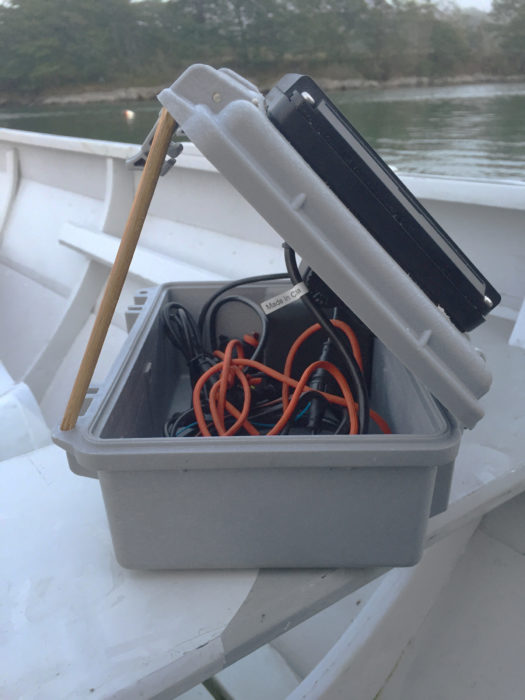
The Pelican case has some small holes meant for padlocks but will fit a 1/4” dowel that holds the lid at angle for easy viewing. The components inside the box are all waterproof, so there’s no harm in having them exposed to the elements. A couple of 2’ hanks of parachute cord go into the case for lashing it into place.
I usually operate the unit with the box open, the lid propped up with a dowel to a good angle for viewing, and rely on the waterproofness of the GPS, battery, and waterproof connectors, so I was not concerned with keeping the Pelican box’s own waterproof integrity. The GPS’s mounting gasket allowed some leakage, and Aquaseal solved the problem; I didn’t seal the GPS to the case so I could remove it for servicing if needed. Closed, the box floats.
I’m happy with the result. I don’t have to grab the handheld GPS to see it. I can easily read the 5″ screen from a few feet away. The lithium battery lasts for several days’ use, a lot longer than the alkaline AAs on my handheld. The battery unit can also charge my phone using a USB cable and, if I were away from power for a long time, I could set it up for solar recharging. This stand-alone unit is quite convenient, and I use my new GPS box on many different boats.![]()
Ben Fuller, curator of the Penobscot Marine Museum in Searsport, Maine, has been messing about in small boats for a very long time. He is owned by a dozen or more boats ranging from an International canoe to a faering.
You can share your tips and tricks of the trade with other Small Boats Monthly readers by sending us an email.

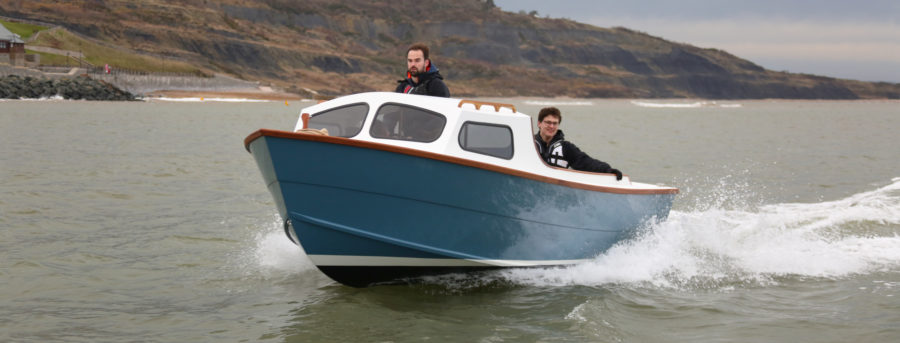
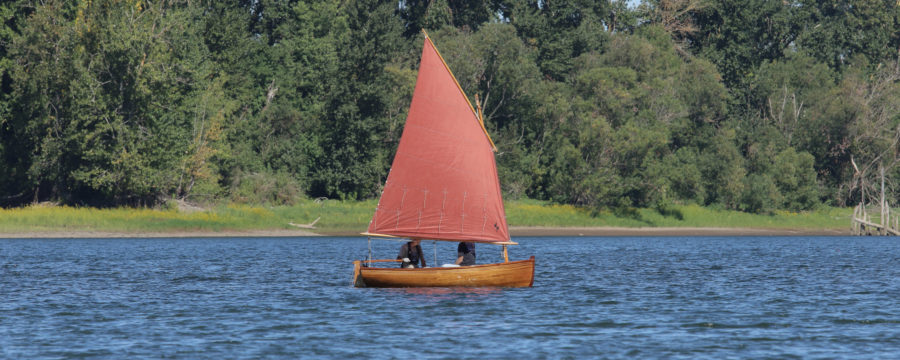
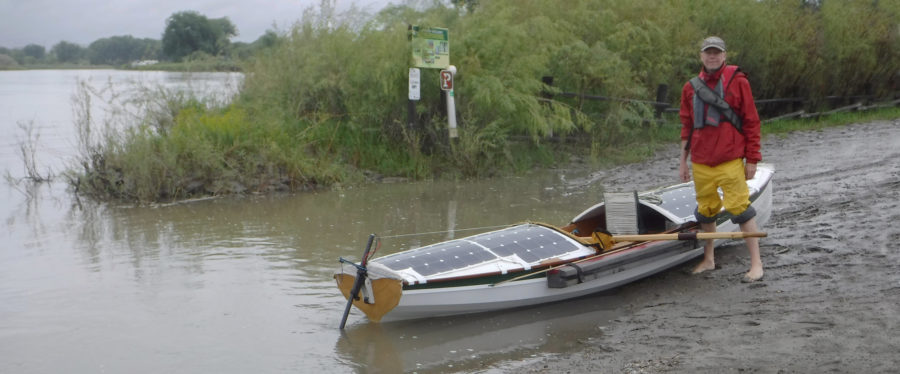
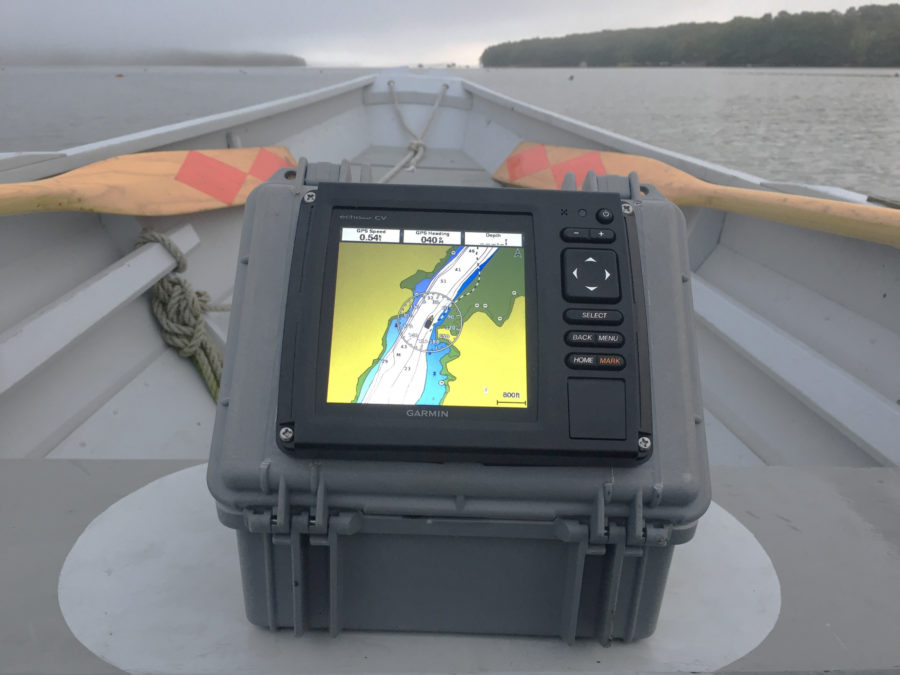
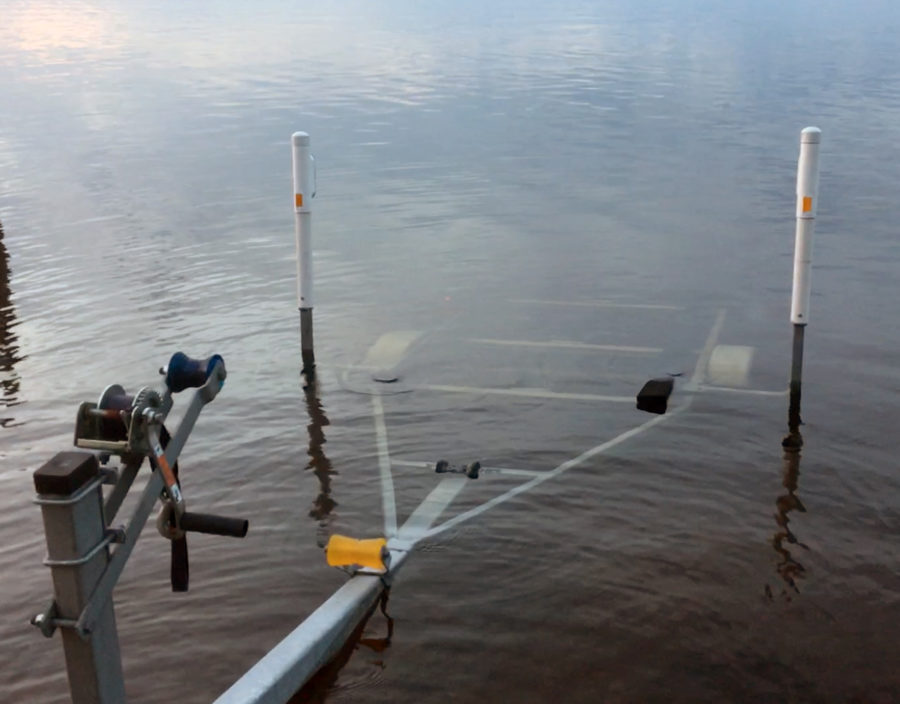
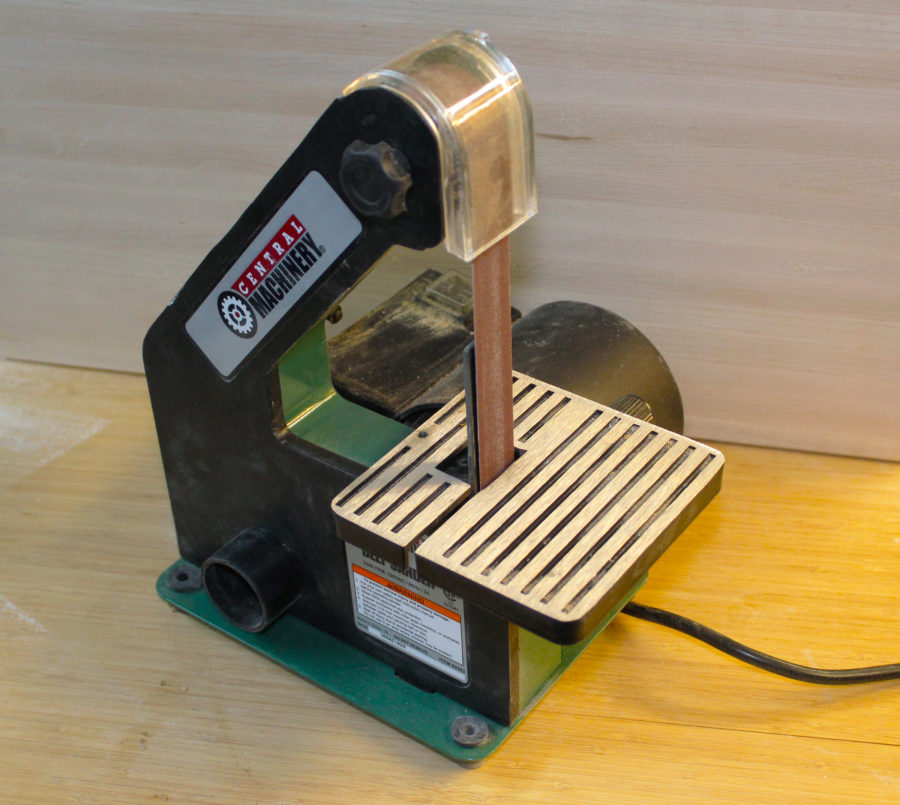
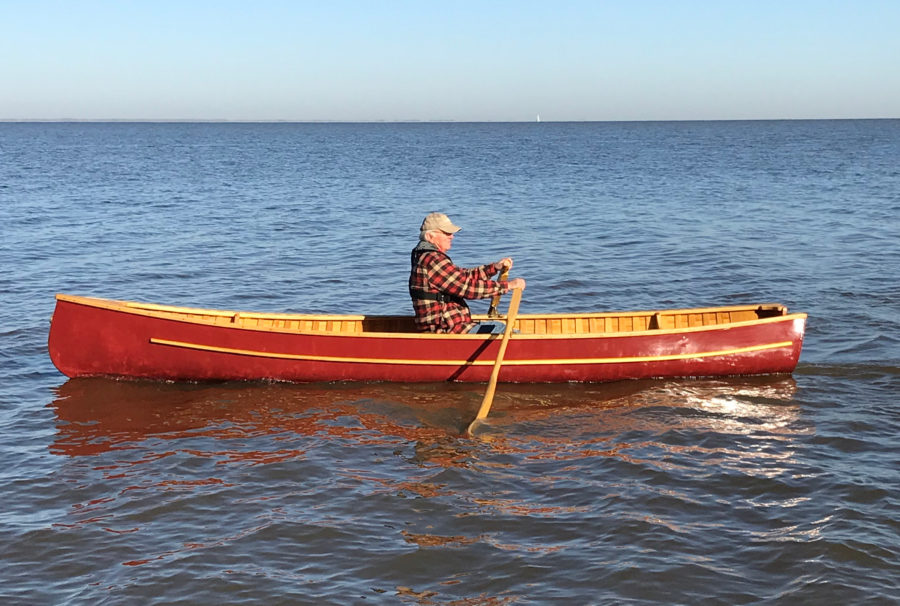

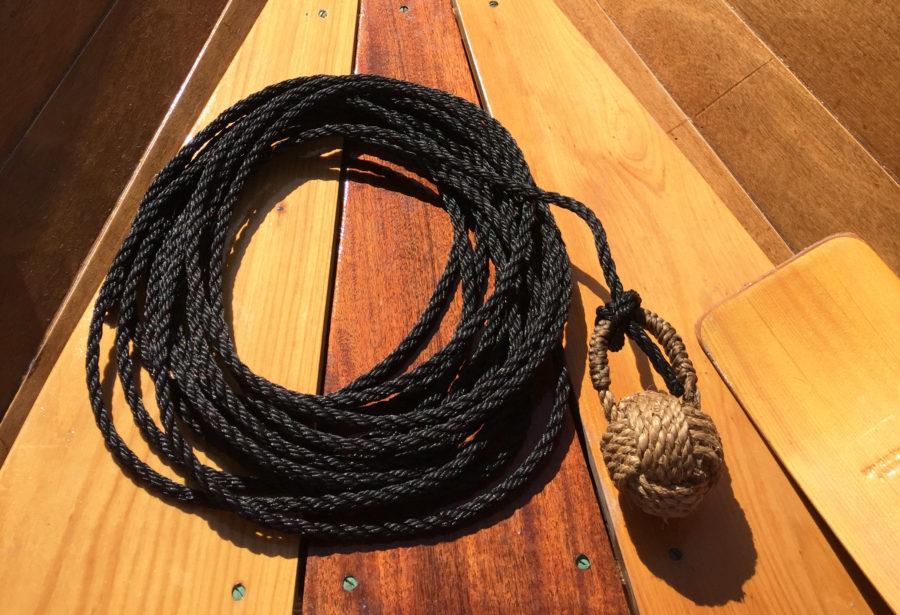
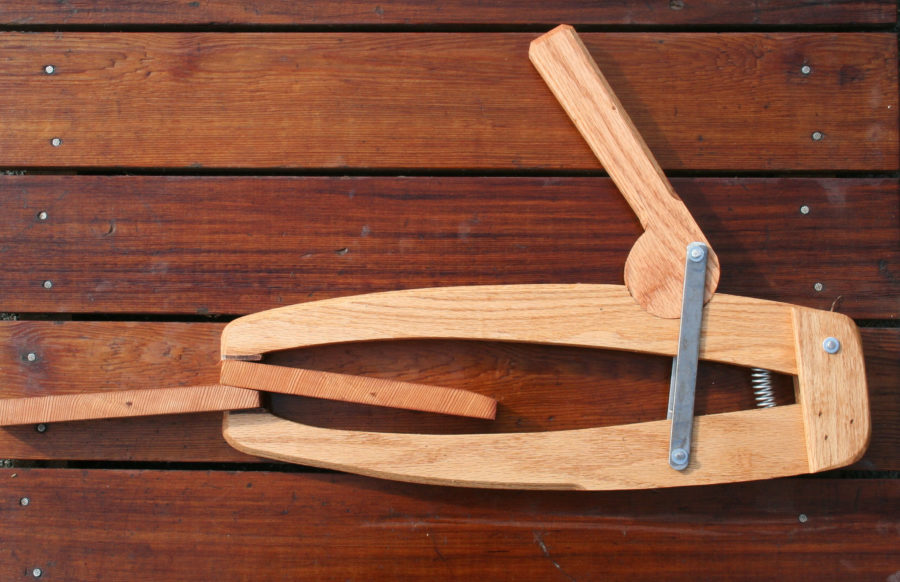
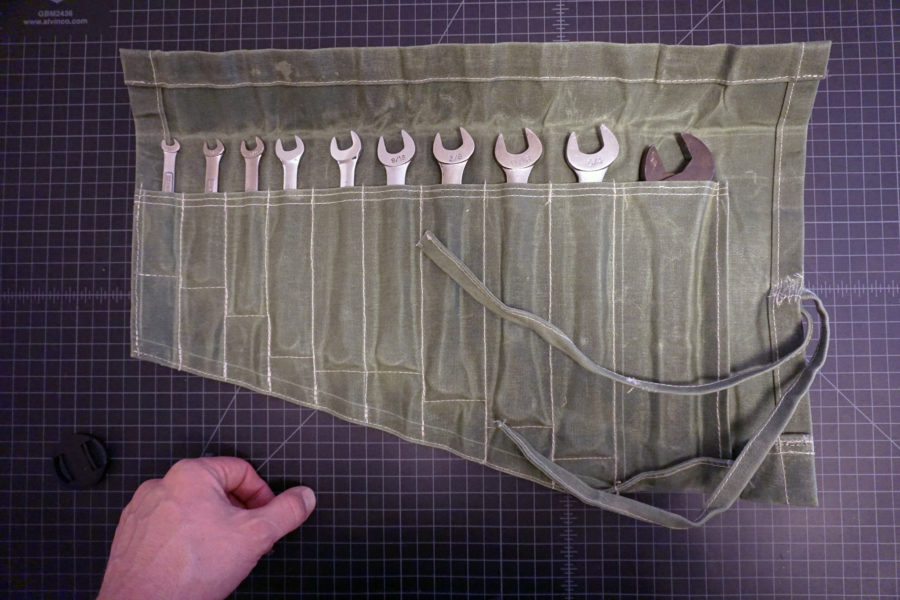
How much did it cost for everything? I have a couple of boats that this would be good for.
Cost of the GPS was actually less than the 78 SC which sells for about $350 if not on sale. I think I paid about $200. Check Lowrance and Sitex; it’s a pretty competitive market. Look for places that sell stuff for fishing paddleboards and kayaks. Battery was something around $130. You might be able to get away with a lot less as there are small motorcycle-based batteries and cases used in the fishing side. There are waterproof boxes for these and some may have clearance for both the GPS and battery. The lithium battery I bought takes up less than half the space in the Pelican box. When hunting for a GPS, if you want to have the angled feature you’ll need a horizontal one.
I’ve been mulling over something like this for some time now. Thanks for trail-blazing a simple solution for us, Ben!
Excellent idea for my Sandpiper 565, stand alone, storable.
Elegant solution, Ben. Can you mount a paper chart, too?
Paper charts live in a waterproof case. I like ones that have rolled velcro closures, like Ortleib’s, as opposed to the ones that have the squeeze-together kind as I’m not competent enough to operate them reliably. I hunt charts printed on waterproof paper as well, as I find that there is always moisture about. Maptech and Waterproof Charts make them. On my kayak I have appropriate bungees to hold them down. On the Maine Island Trail boats we have small chart tables with bungees and clamps. For a larger sailing boat I think a bit of ply or similar material with bungees could make a fine portable chart table.
As somebody who day-sails and camp-cruises on an old GP14, this seems like a much better idea than the small handheld GPS I currently use. Thank you for the great idea, now to change it around some so I can better protect the GPS from accidental damage.
Hi, Ben. A small solar panel added to the party would keep the battery charged for trips longer than a day away from power. À la EasyBailer.
That Easy Bailer is a little like the bailer I built that goes in a welding-rod case. Batteries are rechargeable in one end of the case with a minicell bulkhead. The whole thing needed to be submersible as it was designed to dewater a kayak and be tossed from one kayak to another. Chief problem was finding a decent waterproof switch.